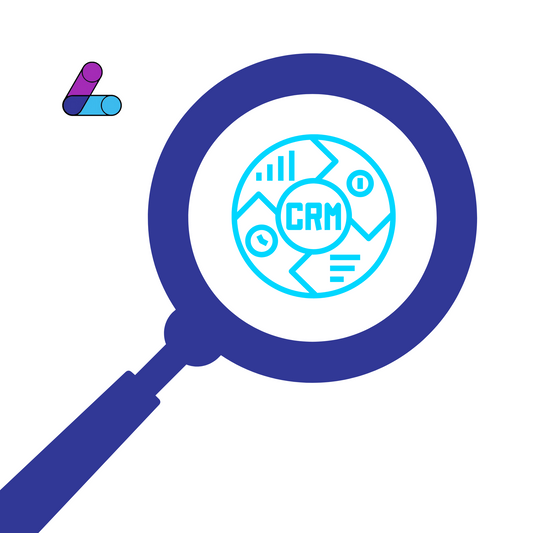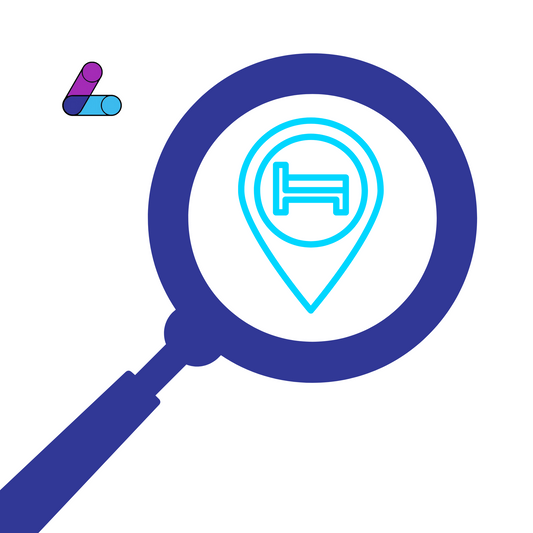When setting up a Customer Relationship Management (CRM) system, it's crucial to differentiate between statuses and activities. A common pitfall for many businesses is misclassifying activities such as meetings, proposals, and agreements as statuses, which can lead to inefficiencies and a lack of clarity in sales progress. Understanding the distinct roles of each component in your CRM can significantly enhance your management capabilities.
What Are CRM Statuses?
CRM statuses represent the stages of progress within your sales or deal pipeline. These statuses provide a snapshot of where a deal or customer relationship stands at any given time, such as "Prospecting," "Negotiation," or "Closure."
What Are CRM Activities?
Contrastingly, CRM activities are tasks or actions taken during these stages. Common activities include scheduling meetings, sending proposals, and signing agreements. Activities are the steps you take to move from one status to the next in your CRM pipeline.
Common Missteps with CRM Setup
Frequently, businesses mistakenly configure their CRM systems by listing activities as statuses. For example, "Proposal Sent" or "Meeting Scheduled" are marked as stages, which can create confusion and misalignment in tracking the actual progress of sales efforts.

Impact on Workflow and Efficiency
This misconfiguration can lead to inefficient workflow management and skewed reporting. It becomes challenging to accurately determine how long a deal has been at a particular stage and to identify bottlenecks in the sales process.
Best Practices for CRM Configuration
To optimize your CRM setup, it’s vital to properly define your statuses and track activities within those statuses. Here’s how you can effectively configure your CRM:
Defining CRM Statuses
Define clear, distinct stages that reflect significant milestones in your customer journey or deal pipeline, such as "Agreement Pending."
Logging Activities
Under each status, log relevant activities that move a prospect to the next stage. For example, under "Agreement Pending," activities might include "Send Agreement," "Follow Up," and "Agreement Signed."
Case Study: Improving CRM Efficiency with Correct Setup
Consider a company that reconfigured their CRM to correctly differentiate between statuses and activities. After making these adjustments, they noticed a 25% improvement in moving deals through the pipeline more efficiently and a 15% increase in overall sales productivity.
Properly setting up statuses and activities in your CRM is fundamental to streamlining your business processes and enhancing your operational efficiency. Take the time to review your CRM setup and make necessary adjustments. The clarity and efficiency gained will undoubtedly contribute to better management and increased sales success.
Are you struggling with differentiating CRM statuses and activities? Contact us today for expert CRM advice.





